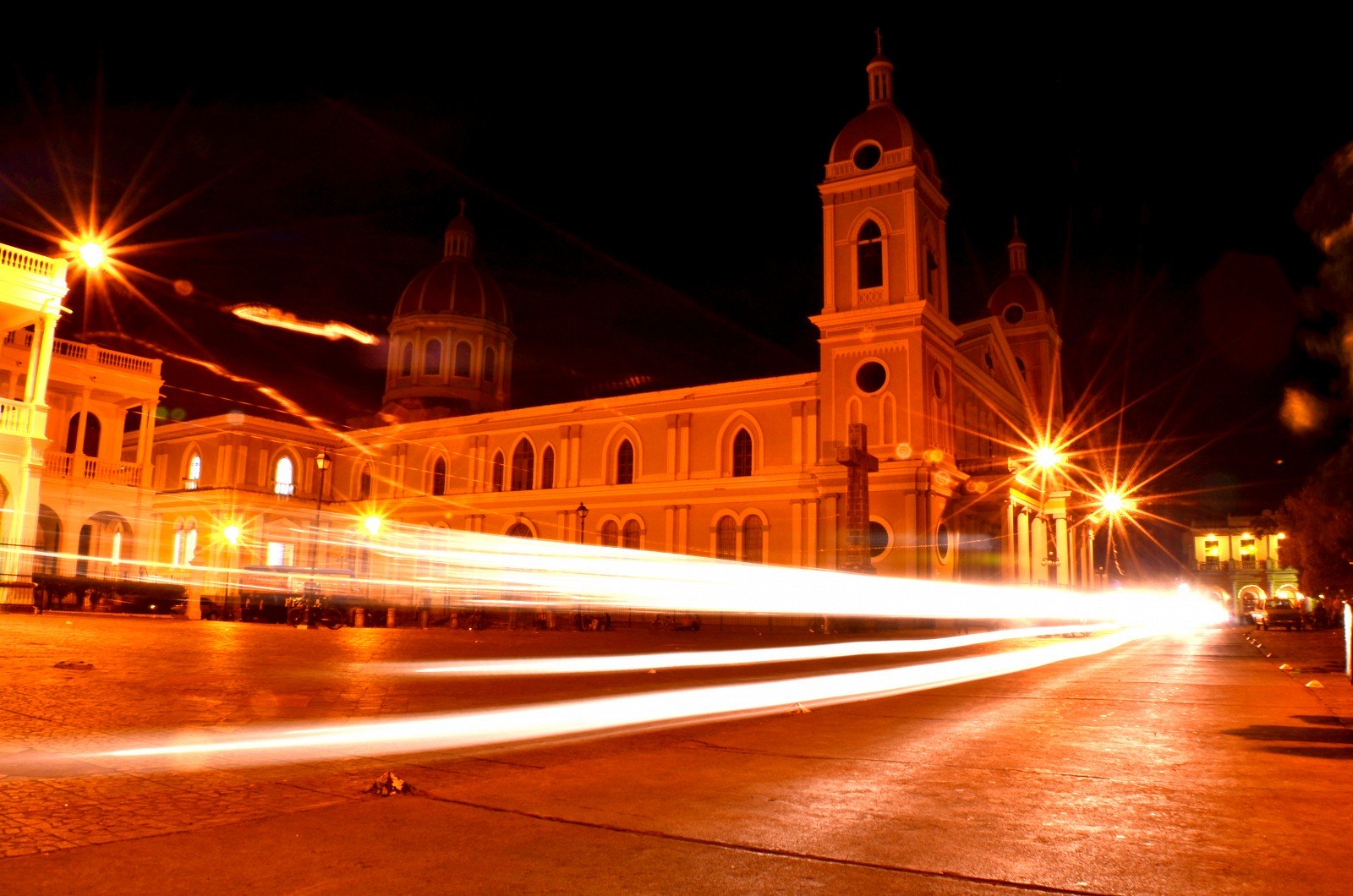Catedral de Granada: A Resilient Icon of Nicaragua's Rich Colonial Heritage

The Catedral de Granada, located in the heart of Granada, Nicaragua, is a magnificent example of colonial-era architecture that has stood the test of time. Built in the mid-16th century by Spanish conquerors, the cathedral has undergone numerous renovations and restorations over the centuries, including following devastating earthquakes and civil unrest. Today, the Catedral de Granada stands as a proud symbol of the city's rich history and culture, drawing visitors from all over the world.
History
Construction of the Catedral de Granada began in 1524, just five years after Spanish conquerors first arrived in Nicaragua. The cathedral was built on the site of an ancient Mesoamerican temple, which had been destroyed by the Spanish in their quest to convert the indigenous people to Christianity. The cathedral was designed in the Renaissance style, with a grand façade featuring three arches, two bell towers, and a central dome. The interior was decorated with intricate frescoes and carvings, and the altar was adorned with gold and silver.
Over the centuries, the Catedral de Granada has been the site of numerous historic events. In 1823, the cathedral was the location of the signing of the Central American Act of Independence, which declared the region's independence from Spain. In the late 19th century, the cathedral was the site of a major battle between Liberal and Conservative forces during the country's civil war. During this time, the cathedral was damaged by artillery fire, and its bell tower was destroyed.
The cathedral has also faced numerous challenges in the form of natural disasters. In 1854, the cathedral was severely damaged by an earthquake that devastated much of Granada. The cathedral was rebuilt in the years that followed, but suffered further damage in the earthquakes of 1931 and 1972. Following the 1972 earthquake, the cathedral underwent a major restoration effort, which included reinforcing the structure and repairing the damage caused by the earthquake.
Architecture
The Catedral de Granada is a stunning example of colonial-era architecture. The cathedral's façade features three arches, which are supported by Corinthian columns. The arches are decorated with intricate carvings and sculptures, including depictions of angels, saints, and biblical scenes. Above the arches, the cathedral's central dome rises to a height of 45 meters, making it one of the tallest buildings in Granada.
The cathedral's interior is equally impressive. The nave is decorated with intricate frescoes and carvings, while the altar is adorned with gold and silver. The cathedral's choir stalls, which date back to the 18th century, are also of great historical and artistic value.
The cathedral's bell towers are also notable features of the building. The towers were originally built in the 16th century, but were destroyed during the civil war of the late 19th century. The towers were rebuilt in the early 20th century, and today stand as symbols of the cathedral's resilience and endurance.
Visiting the Catedral de Granada
The Catedral de Granada is a must-visit destination for anyone interested in the history and culture of Nicaragua. The cathedral is open to visitors daily, and admission is free. Visitors can take a guided tour of the cathedral, which includes a visit to the bell tower and a chance to see the cathedral's collection of religious artifacts and artworks.
One of the best times to visit the Catedral de Granada is during Holy Week, which is celebrated in the week leading up to Easter. During this time, the cathedral is decorated with flowers and candles, and is the site of numerous religious processions and ceremonies.
The Catedral de Granada is a true treasure of Nicaragua's colonial-era architecture,
Despite facing numerous challenges over the centuries, including earthquakes and civil unrest, the cathedral has endured and continues to be an important symbol of Granada's rich history and cultural heritage. Its restoration efforts have helped to preserve the cathedral's original beauty and charm, making it an even more impressive sight to behold.
In addition to being a popular tourist destination, the Catedral de Granada also serves as an important religious center for the city's Catholic community. Regular Masses and other religious services are held at the cathedral, and it remains an important place of worship and reflection for many Nicaraguans.
Overall, the Catedral de Granada is a magnificent example of colonial-era architecture and an important part of Nicaragua's cultural heritage. Its enduring beauty and historical significance make it a must-visit destination for anyone interested in the history and culture of Granada and Nicaragua as a whole.